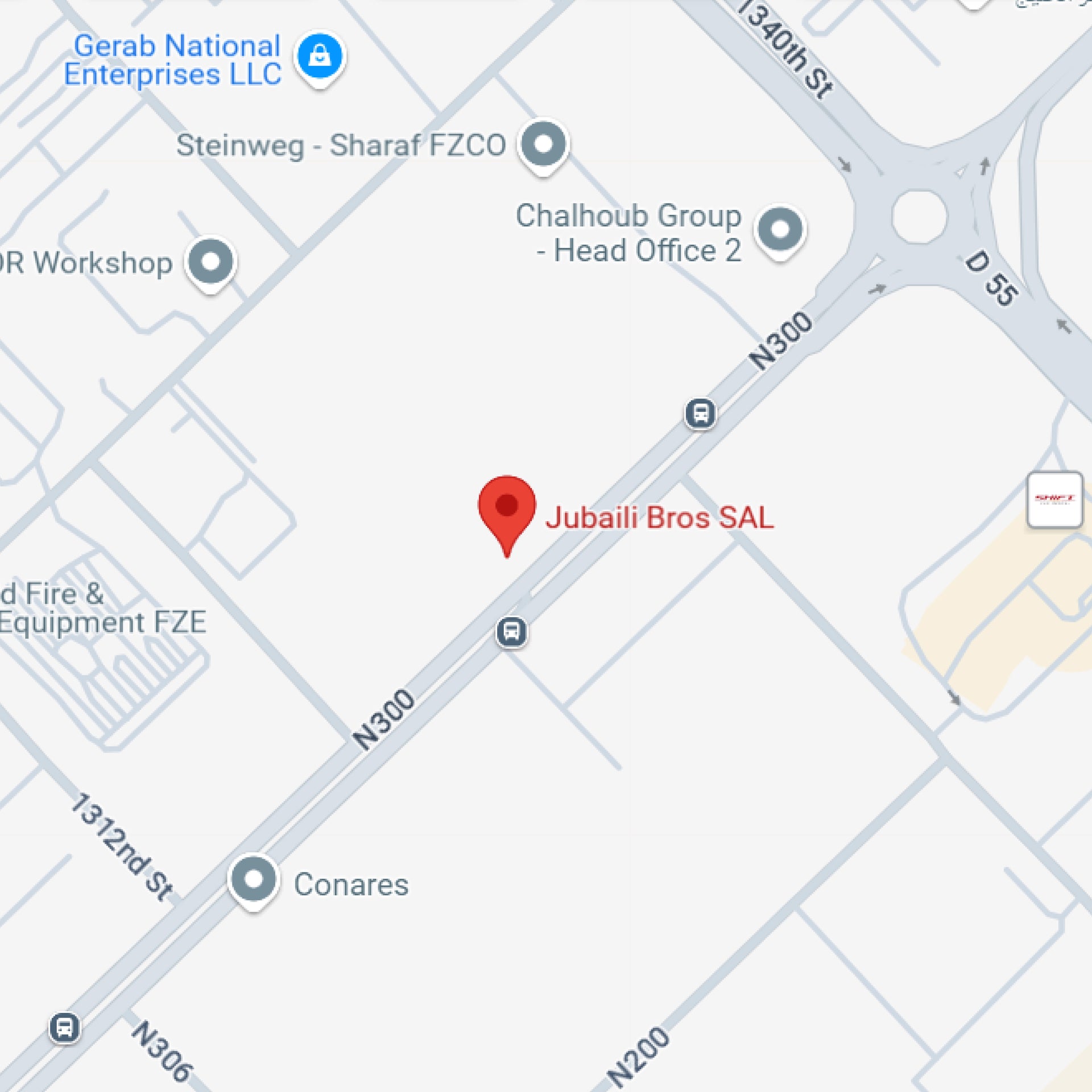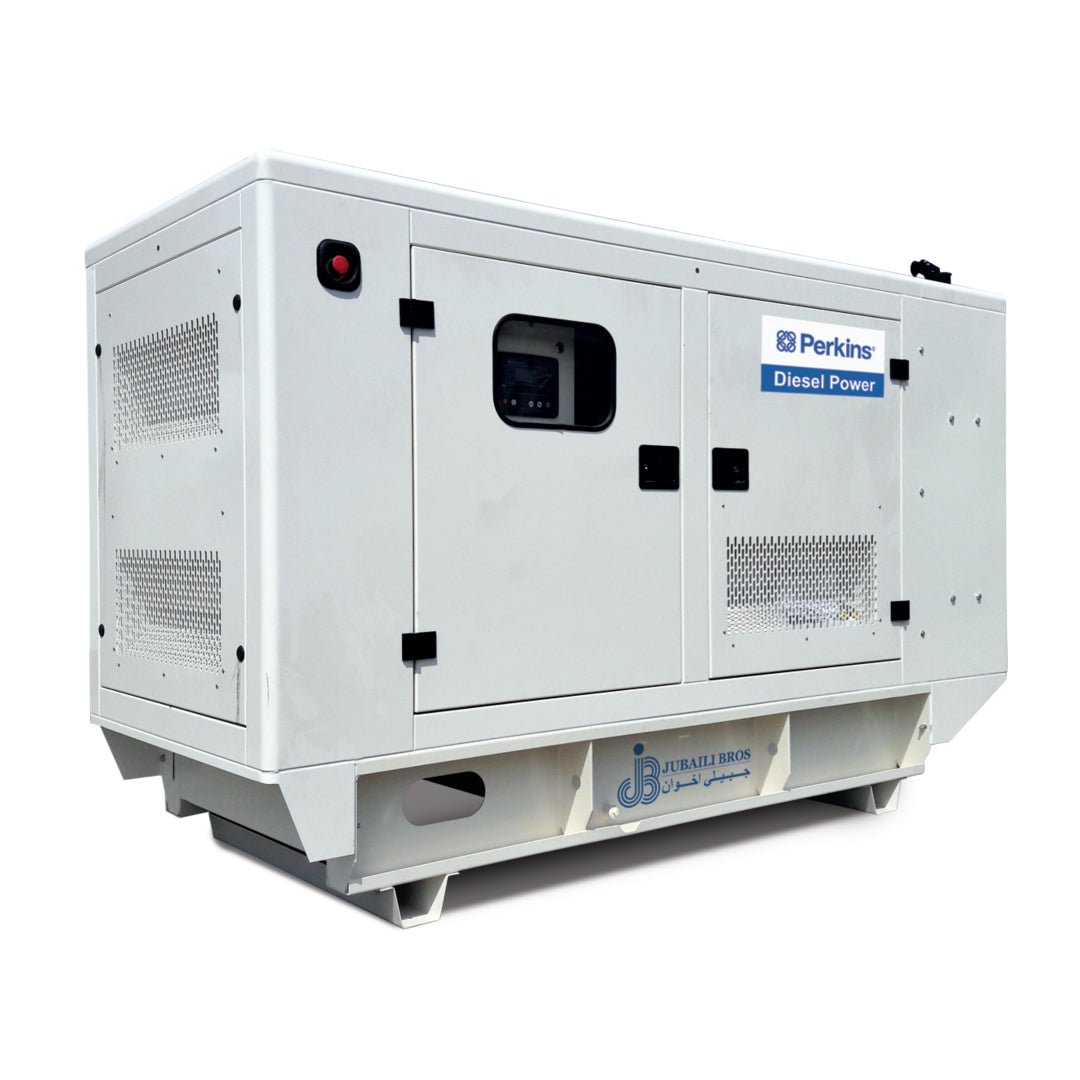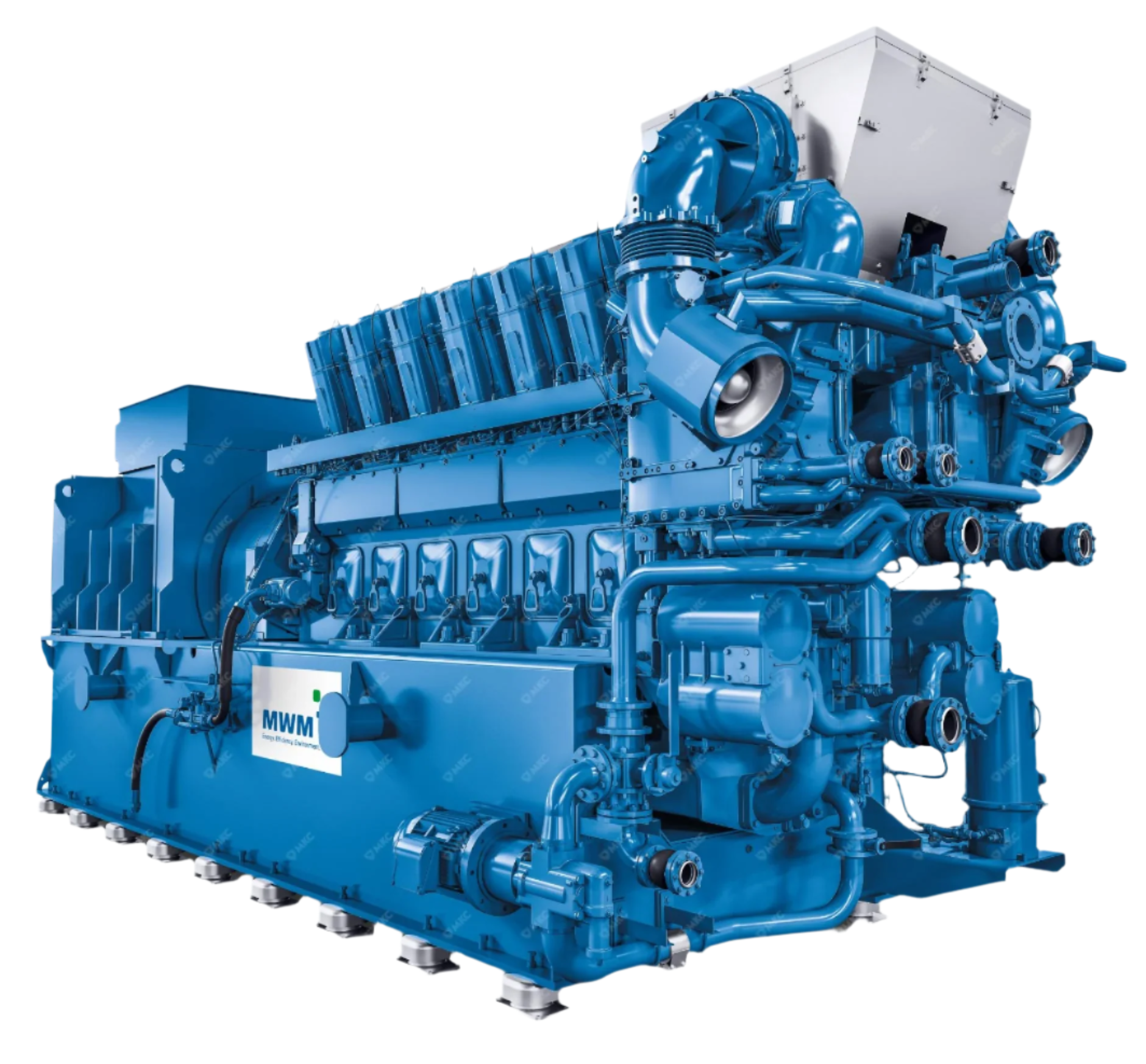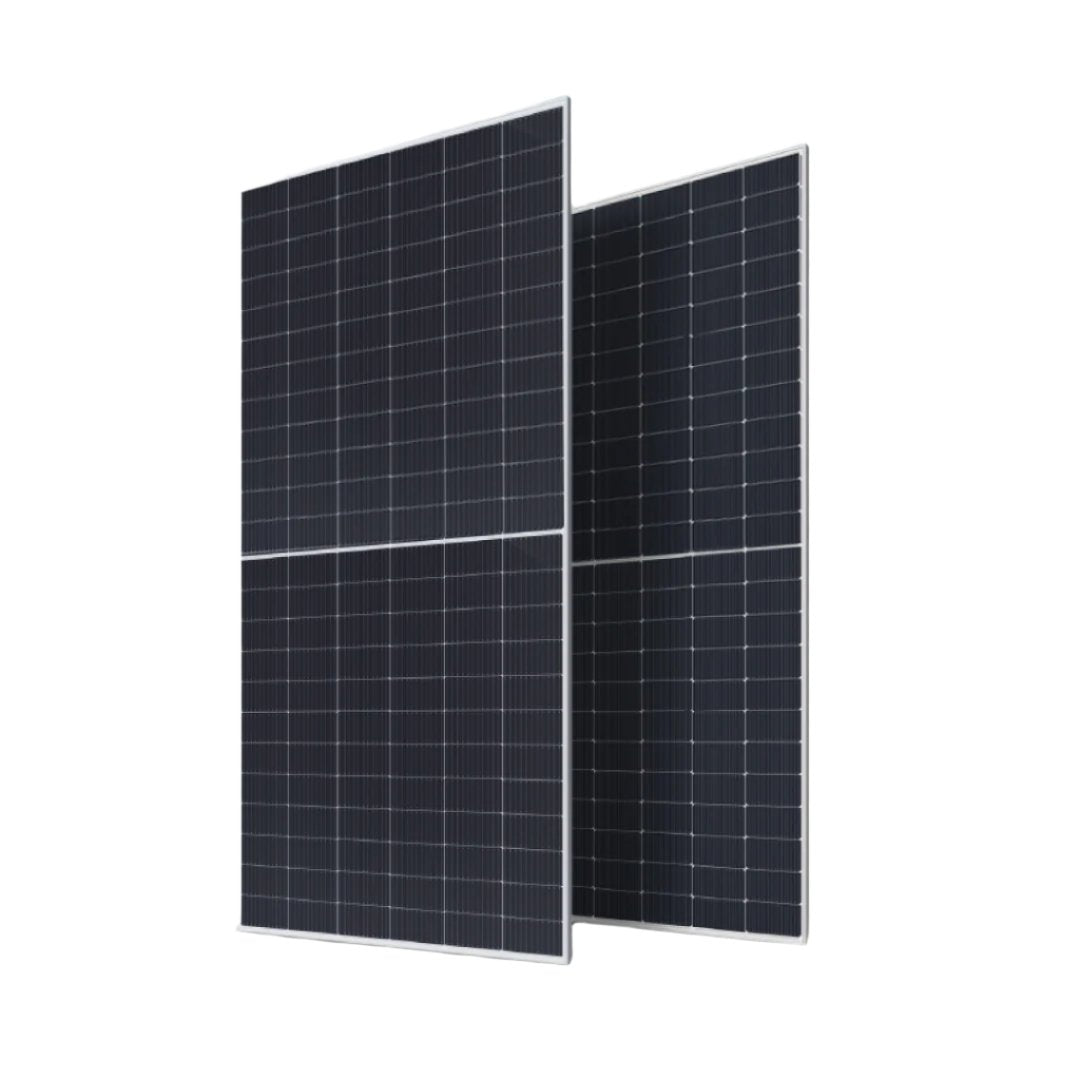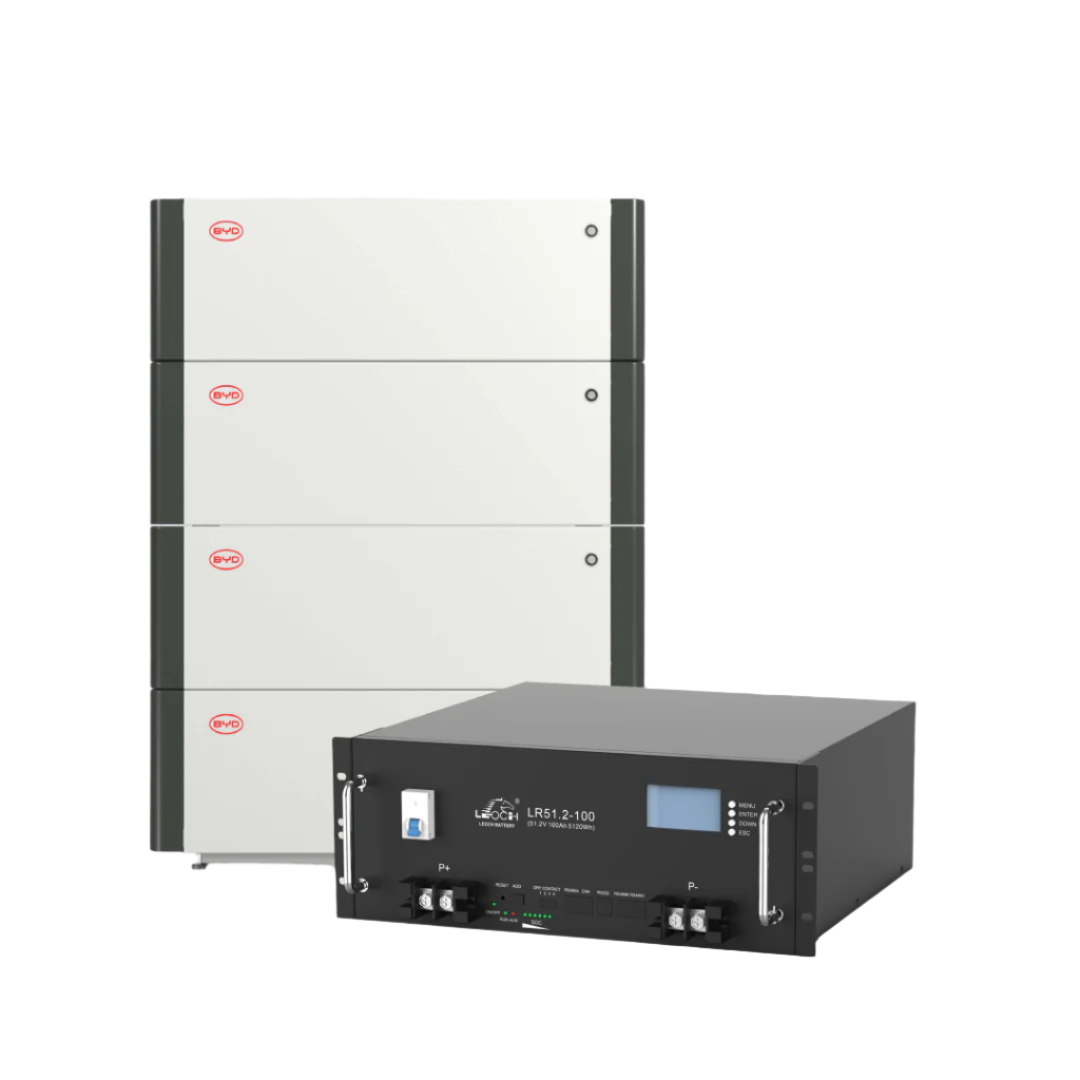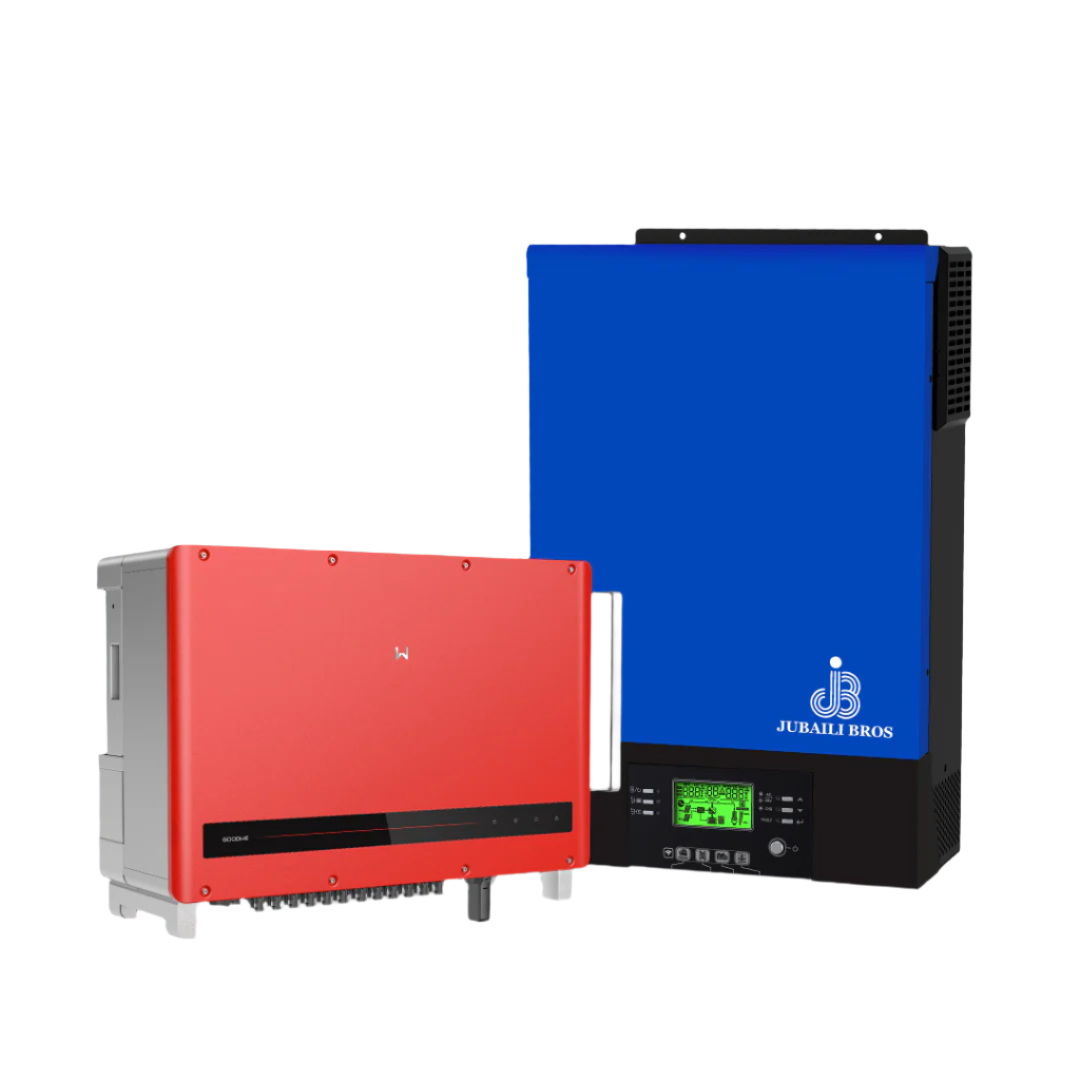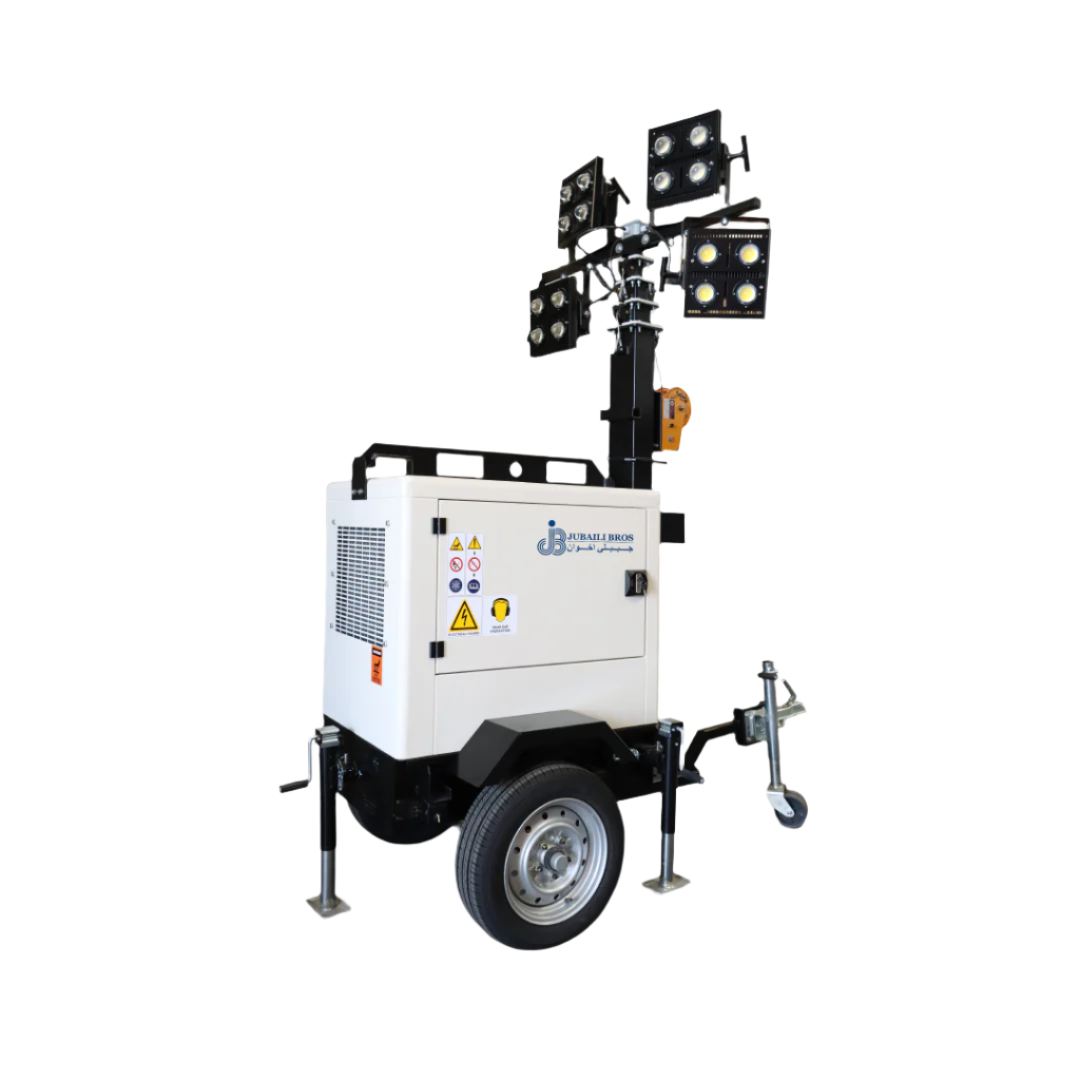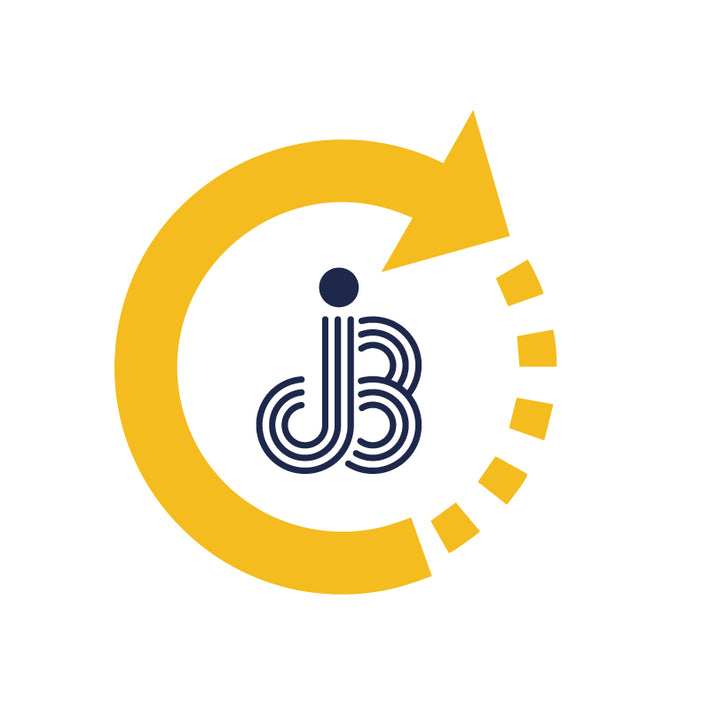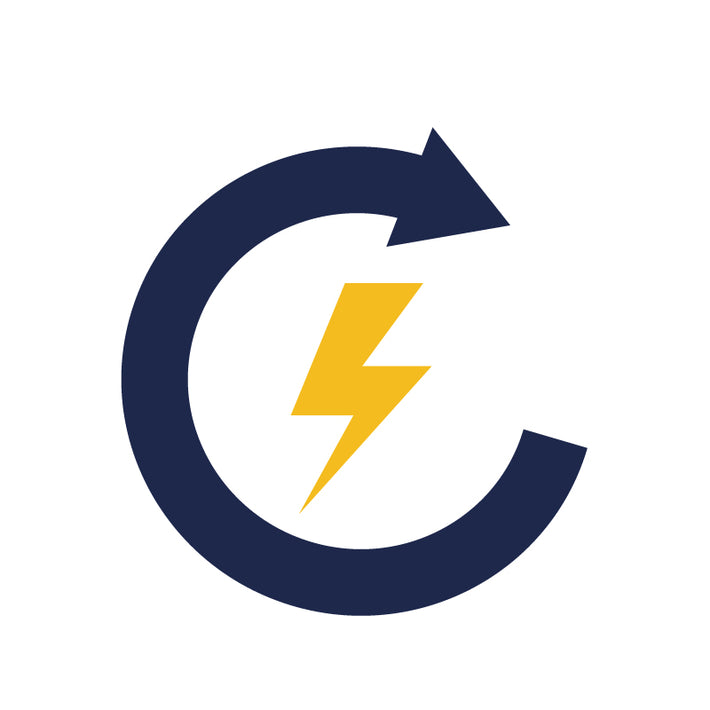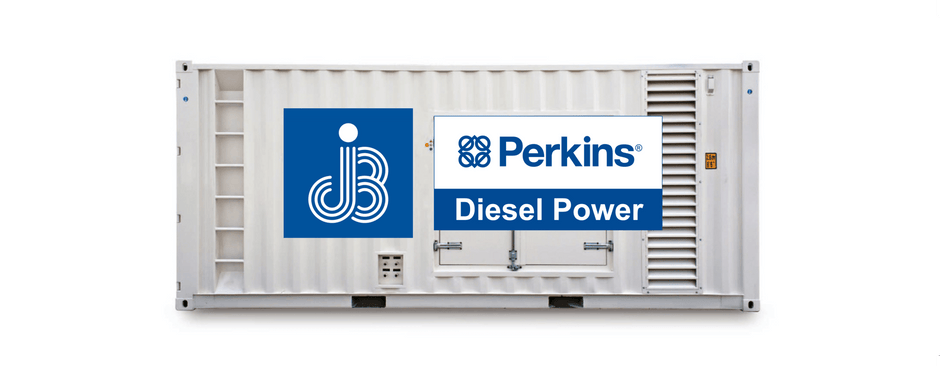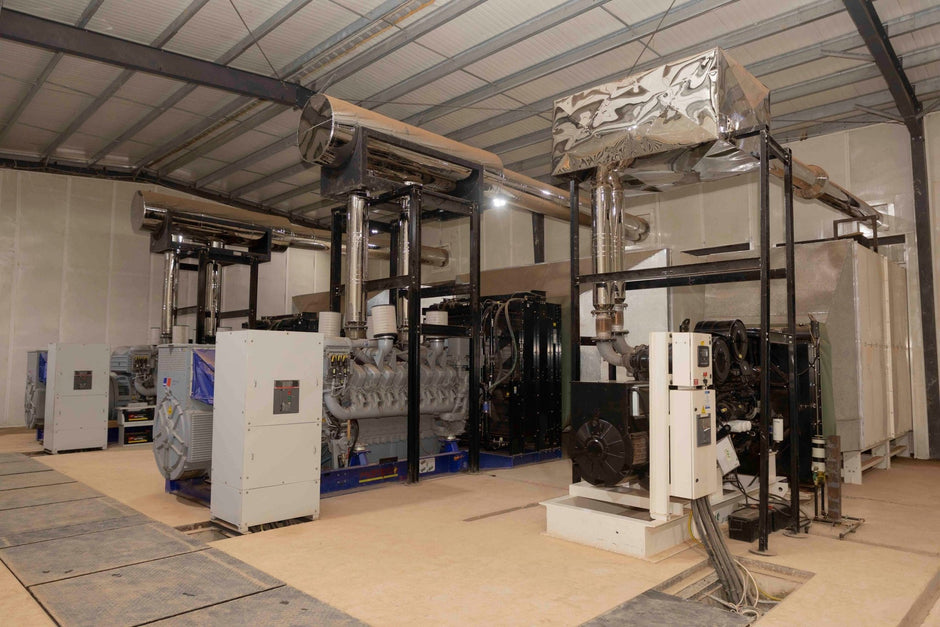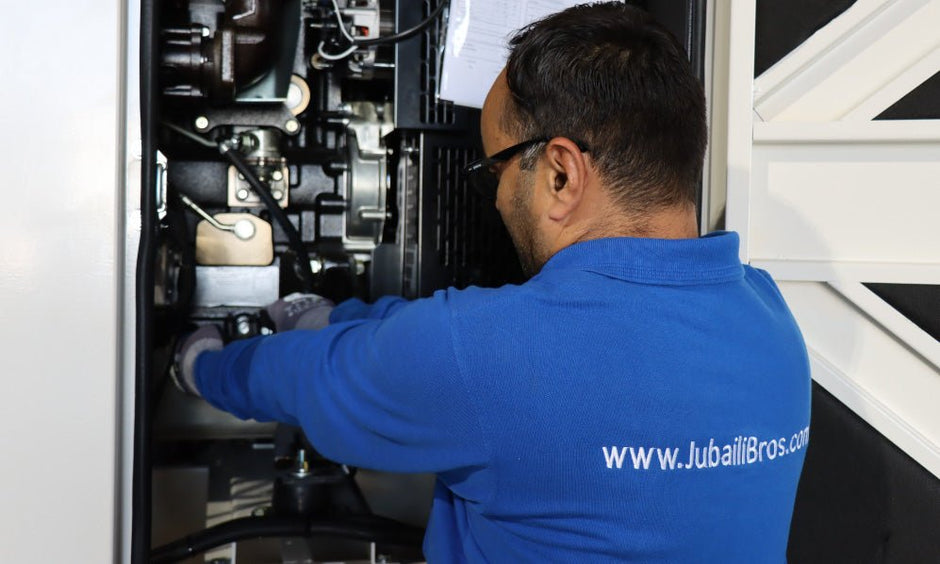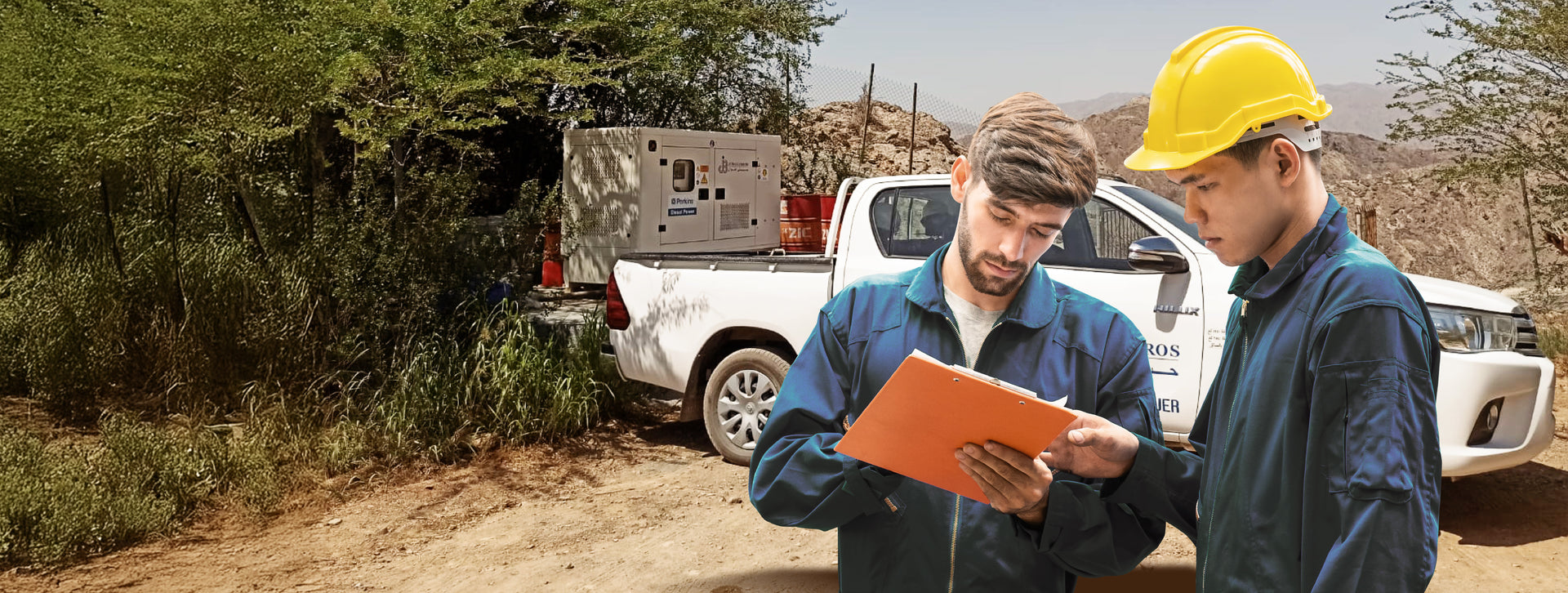Even a well‑sized diesel generator can face a situation where sudden load surges exceed its transient or steady‑state capacity—such as when MRI scanners, HVAC chillers, and life‑safety systems all start simultaneously during a blackout. Automatic load shedding (ALS) prevents overload and frequency collapse by dropping non‑critical loads in a staged, pre‑programmed sequence until the generator stabilises. This article explains ALS principles and how to implement them with modern controllers and switchgear.
Why Automatic Load Shedding Is Essential
- Protect generator integrity: Prevent over‑current trips and frequency dips that can stall the engine and cause a total blackout.
- Guarantee power to critical loads: Life‑safety systems and data infrastructure must remain online, even if comfort or process loads are sacrificed.
- Optimise generator sizing: Shedding non‑essential loads allows consultants to specify smaller generators without compromising resilience.
Key Performance Parameters
| Parameter | Typical Requirement | Reference |
|---|---|---|
| Detection time | < 50 ms | IEEE Std 242 |
| Relay operate time | < 100 ms | IEC 60947-5-1 |
| Restoration delay | 30 s – 5 min | NFPA 110 6.1.2 |
| Frequency window | 48–52 Hz (50 Hz systems) | ISO 8528-5 |
Load Priority Classification
- Priority 0 – Life Safety: Fire pumps, emergency lighting, surgical theatres
- Priority 1 – Critical Process: Data centre UPS, telecom core, hospital HVAC
- Priority 2 – Essential Comfort: Office lighting, AHUs, water pumps
- Priority 3 – Non-Essential / Shed: Chillers, elevators, plug circuits
Each group should be connected through separate feeders or contactors for independent shedding and reconnection.
Detection Algorithms
ALS logic typically monitors generator frequency and rate-of-change (df/dt) to anticipate overloads:
- Static threshold: Shed Group 3 if frequency drops below 49.5 Hz for more than 200 ms.
- Predictive df/dt: Shed if frequency rate of change is less than –0.5 Hz/s.
- Load margin logic: DSE 8660 calculates remaining engine capacity; if spare kW margin is under 10%, ALS sheds lower priority loads.
Control and Hardware Options
- Controller-based: DSE 8610/8660 modules support built-in ALS logic and digital outputs; scalable via CAN I/O.
- PLC or SICAM: Large facilities benefit from PLC-based ALS systems with fast communication to feeder breakers via IEC 61850 GOOSE.
- Breaker-integrated: Masterpact MTZ and ABB Emax 2 breakers embed ALS logic into trip units with native protection curves.
Recommended Wiring Practices
Use shielded twisted pair for 24 V DC trip signals and place suppressor diodes across relay coils. For PLC systems, use Cat‑6 STP with PoE-isolated I/O to maintain cybersecurity segmentation.
Testing and Commissioning
- No-load simulation: Inject a frequency drop via signal generator to verify correct group response.
- Live load step: Use a load bank to simulate block load; validate dip and recovery times.
- Restoration logic: Auto-reconnect groups in reverse priority after 3 minutes of stable operation.
- Manual override: Test key switch for life-safety loads; confirm bypass works correctly.
- Logging: Confirm timestamps are recorded for all shed and restore events in event logs.
Maintenance Best Practices
| Interval | Task |
|---|---|
| Quarterly | Test shed logic using simulation mode |
| Semi-Annual | Inject test frequency signals to verify relay function |
| Annually | Review and update load priority mapping and PLC code |
Common Pitfalls to Avoid
- Improper group sizing: If the shed load is too small, ALS fails to prevent overload.
- Poor sensor placement: Measure frequency directly at the generator bus, not downstream at ATS.
- Bypass override abuse: Add alarms for overrides lasting longer than 1 hour to prevent human error.
- Lack of controller communication: In multi-generator systems, ensure controllers share load margin data to avoid duplicate shedding.
Load Restoration Strategies
After generator capacity increases or mains returns, reconnect loads gradually to avoid new transients. Suggested practice:
- Limit each load step to 20% of generator capacity
- Delay each group reconnection by 10 seconds
- Use slew rates of ≤ 5% kVA/s for controlled breaker ramp-up
- Ensure generator frequency remains within ±1 Hz during reconnection
Case Snapshot: Data Centre Tier III
A 4 x 2.0 MVA Tier III facility uses PLC-based ALS. Each genset supports 1,400 kW IT and 600 kW HVAC. If only two gensets start on utility loss, ALS drops HVAC loads, prioritising IT continuity. Once additional gensets come online, HVAC is restored in 20% steps. Annual test results showed less than 8% frequency dip and no IT outages.
Conclusion
Automatic load shedding turns engine horsepower into intelligent resilience. When implemented using advanced controllers or breaker logic, ALS protects against overloads, ensures power continuity for life-safety and process-critical systems, and supports more economical generator sizing.
Need help designing an ALS system? Contact Jubaili Bros—our power management engineers develop turnkey ALS solutions across the Middle East and Africa.



